#puzzledesign
Text

Check out our new puzzles! Puzzles help engage our brains, increase neuroplasticity and help decrease stress and anxiety! Check out these fun puzzles with options for 252 & 520 pieces!
#puzzlelover#puzzledesign#occupationaltherapy#physiotherapy#physicaltherapy#nurselife#nurse#healingisnotlinear#neuroplasticity#cognitivetraining#stressrelief#registerednurse#speechtherapy#socialworkers#psychologist#schoolpsych#schoolpsychologist#aota#ilota#diy design#design
1 note
·
View note
Photo

🔍🎉 Dive into the world of words on Crossword Puzzle Day! 🖊️✨ Did you know we create witty crossword puzzle games at PlayfulSparks? Check out our services at www.playfulsparks.com/services1 and let's transform your ideas into interactive puzzles! 🧩🌟 #CrosswordPuzzleDay #PlayfulSparks #PuzzleDesigns #forhire #hiring #marketing #advertising #childrensbook #illustrations #animation #storytelling #kids #author #lookingfor #freelance #upwork
0 notes
Text
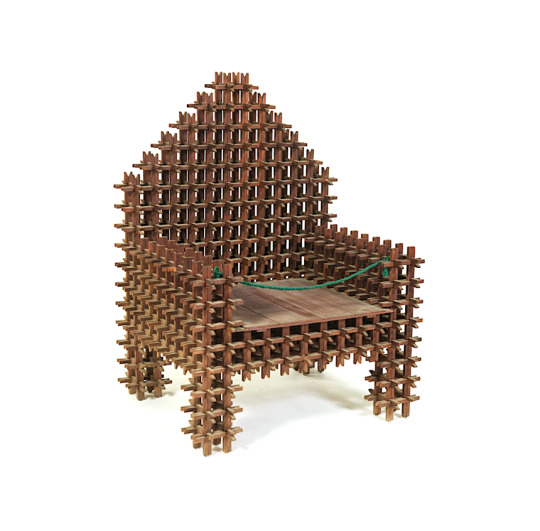
🔥 Antique Wooden Handcrafted Tramp Art Crown of Thorns Chair.
See rare collectibles at 🔥 Busacca Gallery
#Chair #AuntieChair #ArtsAndCrafts #CraftChair #ArtsAndCraftsCare #Antique #Collectible #Collection #Collections #Art #PuzzleArt #PuzzleDesign #Craft #TrampArt #CigarboxArt #InteriorDecorator #Interiors #InteriorCollectibles #InteriorDesigner #HomeDecor #FurnitureDecor #AntiqueFurnit
1 note
·
View note
Text
Hey, I'm Adam, a puzzle and board game designer. Decided to tag this post with some of my interests! Hi, World! I guess I'm on Tumblr now.

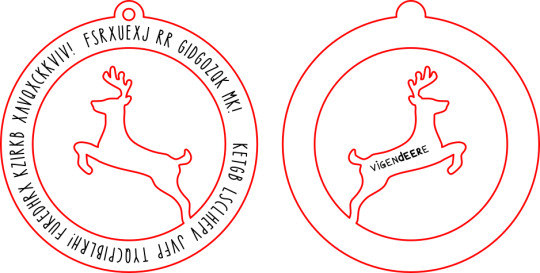
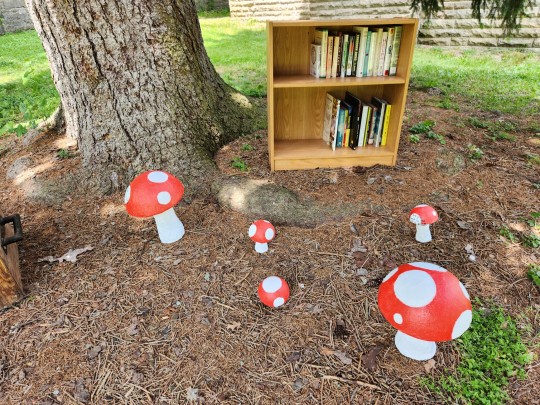
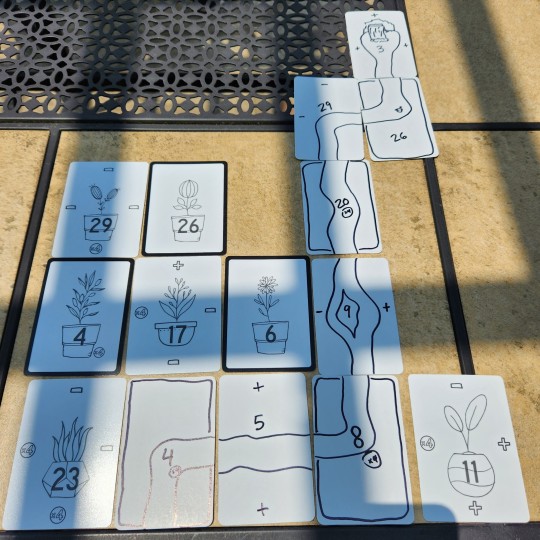
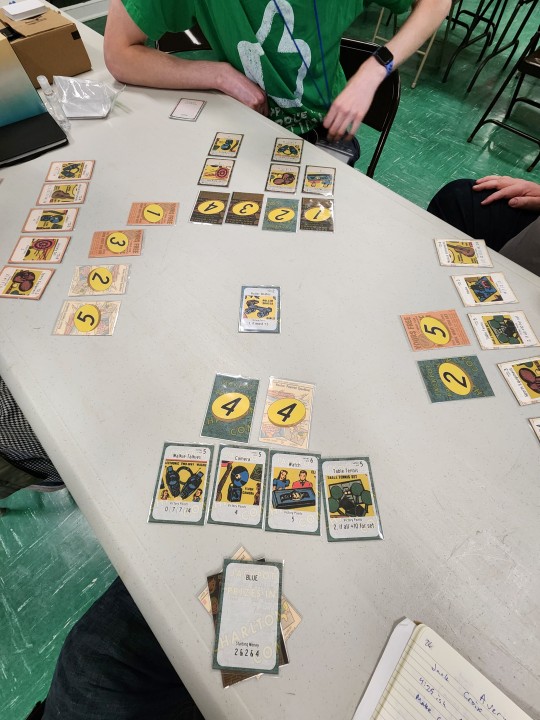

#boardgameDesigner #gardener #gamedev #cardgameDesigner #puzzleDesigner #puzzles #escapeGames
0 notes
Text
RYB: Ein farbenfrohes Logikspiel

RYB ist ein farbenfrohes Logikspiel, das darauf abzielt, die Regeln des Logikpuzzledesigns zu verändern. Statt standardisierter Gitter sind hier schöne, symmetrische Formen zu finden. Jedes Puzzle wurde entwickelt, um interessante logische Schlussfolgerungen zu ermöglichen. Sobald eine Form eingefärbt ist, können weitere Informationen offenbart werden, die den Lösungsweg der Rätsel präzise einschränken. Jede Form wurde einzigartig und bunt gestaltet. Es gibt einen Grund, warum wir es "Ein farbenfrohes Logikspiel" nennen!
Biegen der Regeln des Logikpuzzledesigns
Fazit: Eine erfrischende Wendung im Logikpuzzlegenre
Biegen der Regeln des Logikpuzzledesigns
RYB geht innovative Wege, um das traditionelle Logikpuzzledesign zu verändern. Anstatt sich auf standardisierte Gitterstrukturen zu verlassen, bietet das Spiel eine Vielzahl von schönen und symmetrischen Formen als Grundlage für die Puzzles. Diese Formen ermöglichen es den Spielern, interessante logische Schlussfolgerungen anzustellen und neue Lösungsstrategien zu entwickeln.
©FLEB.
Farbenfrohe und einzigartige Formen
In RYB wurden die Formen mit viel Liebe zum Detail entworfen. Jede Form ist einzigartig und auffällig gestaltet, um den Spielern ein visuell ansprechendes Erlebnis zu bieten. Die Farbgebung der Formen spielt eine wichtige Rolle bei der Lösung der Rätsel. Die Spieler müssen die richtigen Farbkombinationen verwenden, um logische Deduktionen anzustellen und die Puzzles zu lösen. Die bunten Formen und die kreativen Farbpaletten tragen zur visuellen Ästhetik des Spiels bei und machen es zu einem wahren Blickfang.
https://youtu.be/0DpXQk0npo0
Enthüllung zusätzlicher Informationen
Ein faszinierender Aspekt von RYB ist die Möglichkeit, zusätzliche Informationen zu enthüllen, nachdem eine Form eingefärbt wurde. Diese neuen Informationen eröffnen den Spielern neue Wege zur Lösung der Puzzles und erweitern die logischen Deduktionsmöglichkeiten. Die Enthüllung von Informationen erfolgt schrittweise und ermöglicht den Spielern, den Lösungspfad effektiv einzuschränken und strategische Entscheidungen zu treffen.
©FLEB.
Ein Spiel der logischen Herausforderungen und visuellen Freude
RYB kombiniert die Herausforderungen des Logikpuzzles mit visueller Freude. Die Spieler werden nicht nur aufgefordert, ihre logischen Fähigkeiten einzusetzen, sondern auch in eine farbenfrohe und ansprechende Welt einzutauchen. Jedes Puzzle eröffnet neue Möglichkeiten zum logischen Denken und erfordert kreative Lösungsansätze. RYB bietet eine einzigartige Erfahrung, bei der das Spiel der Logik mit der Schönheit der Farben verschmilzt.
©FLEB.
Fazit: Eine erfrischende Wendung im Logikpuzzlegenre
RYB ist ein erfrischendes und farbenfrohes Logikspiel, das die Regeln des traditionellen Puzzledesigns verändert. Mit seinen einzigartigen, symmetrischen Formen, der kreativen Farbgebung und der Möglichkeit, zusätzliche Informationen zu enthüllen, bietet RYB eine einzigartige Spielerfahrung. Die Kombination aus logischen Herausforderungen und visueller Ästhetik macht RYB zu einem unterhaltsamen und ansprechenden Spiel für Puzzle-Enthusiasten. Tauche ein in die Welt von RYB und erlebe ein farbenfrohes Abenteuer der Logik!
Weiter geht es zur Entwicklerwebsite
Andere Artikel auf Games und Lyrik:
Chaos auf Deponia: Entfessle das Chaos: Erlebe die explosivste Reise deines Lebens im 2. Teil der Deponia-Reihe
CD Project Red – Unerschütterlicher Triumph trotz Turbulenzen – Die beeindruckende Geschichte von Cyberpunk 2077 und der Witcher-Serie
Lesen Sie den ganzen Artikel
0 notes
Photo
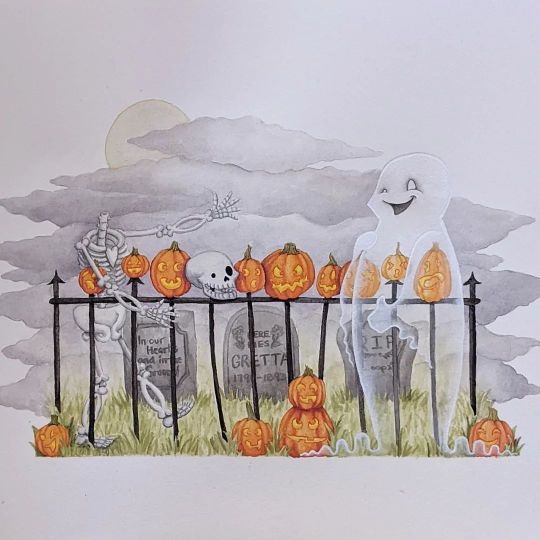
Wrapped up my first spooky painting of the season! This one feature the titular ladies from my upcoming children's book, 𝑮𝒉𝒐𝒔𝒕 𝒂𝒏𝒅 𝑩𝒐𝒏𝒆𝒔. Bones loves decorating for the holidays and Ghost is always supportive of her hijinks. Look for 𝑮𝒉𝒐𝒔𝒕 𝒂𝒏𝒅 𝑩𝒐𝒏𝒆𝒔 to be available soon, just in time for Halloween! • #childrensbookillustration #childrensillustration #childrensauthorillustrator #authorillustrator #indieauthorillustrator #picturebook #illustration #bookillustrations #spookybookforkids #spooky #halloween #halloweenbook #cemetery #jackolanterns #skeleton #ghost #cutemonsters #cuteghost #funnyskeleton #halloweenbookforkids #merchforkids #Ghost_and_Bones #elysedeneigebooks #fathompuzzles #puzzledesign #childrenspuzzle #halloweenpuzzle https://www.instagram.com/p/Ch1-VQPutxd/?igshid=NGJjMDIxMWI=
#childrensbookillustration#childrensillustration#childrensauthorillustrator#authorillustrator#indieauthorillustrator#picturebook#illustration#bookillustrations#spookybookforkids#spooky#halloween#halloweenbook#cemetery#jackolanterns#skeleton#ghost#cutemonsters#cuteghost#funnyskeleton#halloweenbookforkids#merchforkids#ghost_and_bones#elysedeneigebooks#fathompuzzles#puzzledesign#childrenspuzzle#halloweenpuzzle
0 notes
Photo
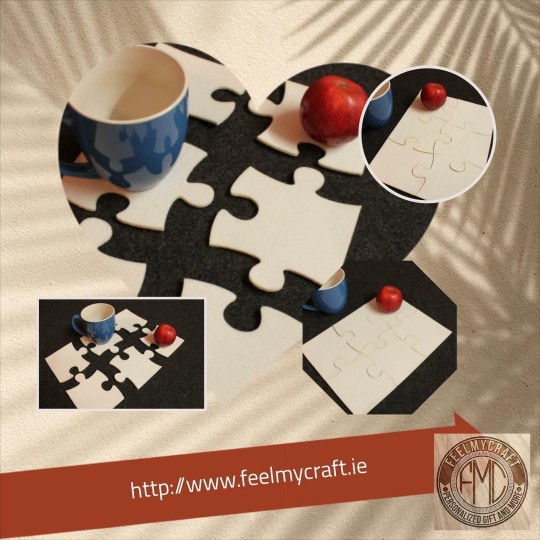
Sleek sellouts! 🤓. Order Felt Coasters Home Decor - set of 6 Puzzle Design Laser Cut at €7.97 #PuzzleCoasters #PuzzleDesign #FeltCoasters #PuzzlePlacemats #PuzzleLaserCut — view on Instagram https://ift.tt/1kYIsQw
0 notes
Text
Have you ever wondered what it takes to design a single puzzle? Take a look at the (mostly) spoiler-free journey of creating our new lobby puzzle.
#EscapeRoom#EscapeGame#EscapeRooms#EscapeGames#Anaheim#thingstodoinoc#thingstodoinAnaheim#bestescaperoom#orangecounty#socal#escapeartist#canyouescape#goodtimes#gamenight#escape#weekendfun#friends#escaperoomenthusiast#puzzles#puzzledesign#escaperoomblog#socalblogger
2 notes
·
View notes
Photo

Update: Kitty City puzzle is done and dusted! Thanks to @luciericeillustration for keeping me entertained with feline fun over the past couple of days! 🧩😸❤️ #puzzle #kittycity #jigsawpuzzle #catart #illustration #typography #editorialillustration #childrensbookillustration #artlicensing #puzzledesign #catsofinstagram #illustrationagency #lucierice #jenvaughnart https://www.instagram.com/p/CN-R78Hhryq/?igshid=9vaglp78bcx4
#puzzle#kittycity#jigsawpuzzle#catart#illustration#typography#editorialillustration#childrensbookillustration#artlicensing#puzzledesign#catsofinstagram#illustrationagency#lucierice#jenvaughnart
1 note
·
View note
Photo

Who said that landscape must be realistic? A sketchy one works too! 🌳 For more details click on the link in my bio ☝️ #redbubble #redbubbleartist #landscapelovers #landscakesketch #landscapepainting #sketchynature #sketchmountain #sketchsunset #sketchenvironment #colorlandscapes #vibrantlandscapes #vibrantartworks #freshart #sketchlover❤️ #sketchlover💜 #sketchbook #sketchbooks #puzzleaddict #puzzlegames #puzzledesign https://www.instagram.com/p/CWoDLkxsw5q/?utm_medium=tumblr
#redbubble#redbubbleartist#landscapelovers#landscakesketch#landscapepainting#sketchynature#sketchmountain#sketchsunset#sketchenvironment#colorlandscapes#vibrantlandscapes#vibrantartworks#freshart#sketchlover❤️#sketchlover💜#sketchbook#sketchbooks#puzzleaddict#puzzlegames#puzzledesign
0 notes
Photo

If you like solving Pathem puzzles, go check them out on Amazon. If you haven't played Pathem yet, there is no time like now. #pathem #puzzlesofinstagram #puzzlelovers #wordpuzzles #wordpuzzle #puzzlegamer #puzzlegames #puzzlesfordays #puzzlesforadults #tmiboom #puzzledesign https://tmiboom.com/blogs/tmi-boom-blog/pathem-book-the-movies-on-amazon-com https://www.instagram.com/p/CVT6c6OLqzc/?utm_medium=tumblr
#pathem#puzzlesofinstagram#puzzlelovers#wordpuzzles#wordpuzzle#puzzlegamer#puzzlegames#puzzlesfordays#puzzlesforadults#tmiboom#puzzledesign
0 notes
Photo

T-shirts t-shirts t-shirts...👕👕👕🖌🖌🖌 #handpaintedtshirt #handpaintedclothing #handpaintedtshirts #paintedtshirt #metallica #megadeth #gunsandroses #puzzle #puzzledesign #famouspainting #thescream #kidsclothing #kidstshirt #giraffesofinstagram #zebrasofinstagram #handpaintedgiraffe #handpaintedzebra #clothing #handpainteddesigns #rock #rocktshirt #danielamilitaru #danielamilitaruart #instaart #artist #art #creative (at Chichester, West Sussex) https://www.instagram.com/p/CDZyIhKpk1M/?igshid=6avxhgtyl0dl
#handpaintedtshirt#handpaintedclothing#handpaintedtshirts#paintedtshirt#metallica#megadeth#gunsandroses#puzzle#puzzledesign#famouspainting#thescream#kidsclothing#kidstshirt#giraffesofinstagram#zebrasofinstagram#handpaintedgiraffe#handpaintedzebra#clothing#handpainteddesigns#rock#rocktshirt#danielamilitaru#danielamilitaruart#instaart#artist#art#creative
0 notes
Photo
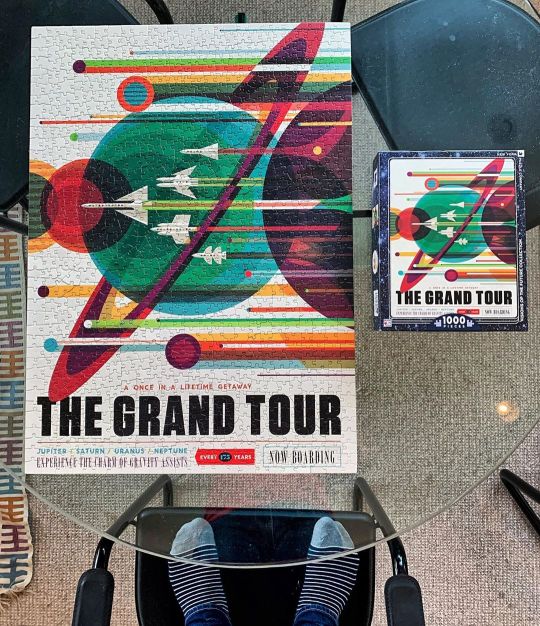
Two Days (<12hrs). Pre-Christmas Eve 2019 Goals Accomplished • • • #thegrandtour #madpuzzleskills #puzzledesign #iseejigsawpieces #1000pieces #puzzles #jigsaw #puzzled #outerspace #nextpiece (at Sudbury, Massachusetts) https://www.instagram.com/p/B6d17YnBGhX/?igshid=181dreu7quvl6
#thegrandtour#madpuzzleskills#puzzledesign#iseejigsawpieces#1000pieces#puzzles#jigsaw#puzzled#outerspace#nextpiece
0 notes
Photo
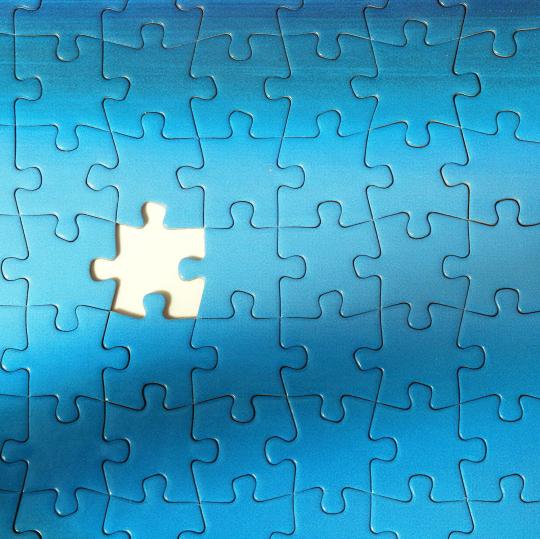
What is a Puzzle?
The Arcadia Report is, in a way, a kind of puzzle game. You are trying to find the right pieces of evidence to complete the report and solve the mystery. Finding certain clues will require you to connect the clues. I intend to avoid technical puzzles in the sense of crosswords, ciphers, etc. Instead, evidence will rely on needing to find the right two pieces of information to fit together in order to understand the evidence (ex: find a suspect from a photo and use that to identify them in the CCTV footage).
However, basic principles of puzzle-crafting still apply and that’s where I need to learn as much as possible.
What is a Puzzle, According to Scott Kim
I saw this article referenced in The Art of Game Design by Jesse Schell and, thanks to the power of the Wayback Machine, was able to give it a read.
Kim starts with a deceivingly simple but accurate definition from Stan Issacs:
A puzzle is fun
It has a right answer
Key Points:
“Puzzles that are too easy are disappointing; puzzles that are too hard are discouraging.”
“My first job as a puzzle designer is to tailor my puzzles to the tastes of my audience.”
There does not have to be only one right answer.
He also examines the differences between games, puzzles, toys, and stories using Chris Crawford’s definitions. Two particularly relevant for me:
Puzzles are rule-based systems, like games, but the goal is to find a solution, not to beat an opponent. Unlike games, puzzles have little replay value.
Toys are manipulable, like puzzles, but there is no fixed goal.
This produces a useful rule of thumb, according to Kim:
“To design a good puzzle, first build a good toy. The player should have fun just manipulating the puzzle, even before reaching a solution.”
He also points out that “puzzles are solitary affairs, unlike games.” This is interesting to me because not all games that use puzzles are solitary. In particular, this presents an interesting challenge for my project to see how I can make it a puzzle that multiple players can enjoy.
Kim’s Lessons for Puzzle Designers:
The two main skills for solving puzzles are ingenuity and patience.
Be sure the player is challenged by the puzzle itself, not the controls for the puzzle.
If you’re going to ask players to take a long trip, be sure they enjoy the journey.
The Arcadia Report might not be a traditional puzzle game, but all three of those lessons are revenant. In particular, ‘be sure they enjoy the journey’ is an important reminder for me not only in the clues but in all the mechanics, especially when it comes to searching and reading through files.
Read What is a Puzzle by Scott Kim for more.
0 notes
Photo

Testing out puzzle ideas, can't wait to show it off detailed and have people play it. #unrealengine #leveldesign #design #puzzle #puzzlegames #puzzledesign
1 note
·
View note
Text
A Straight Path or an Open Field?
Would you rather walk down a straight path, an open field, or something in between? In retrospect, I’ve preferred non-linear gameplay since before I knew what that meant. My feeling on this dates back to playing MS-DOS games (remember those?) in the 90’s, in which I would inevitably get stuck on some level of a platformer and never be able to move forward in the game, leaving me feeling frustrated and helpless. The first time I played a game that actually allowed some level of exploration, I fell in love with puzzle adventures. The game was Syberia, a point-and-click with a female protagonist and a strong narrative that wove the puzzles seamlessly together. Of course this was not an “open-world” game but it did allow one to complete a certain number of tasks in no particular order before moving forward to the next area. The best part about this style of design, and the biggest reason I prefer non-linear gameplay, is that it allows players a better chance of figuring things out on their own.
I would be remiss not to mention The Witness as an exemplar of this type of play. The Witness has no verbal or written instructions, and while it does start by leading you through what is essentially a tutorial, it quickly lets go of your hand and allows you to roam free about the island, but not before confronting you with a very complex puzzle that promptly causes you to realize you don’t yet have the information to solve it.
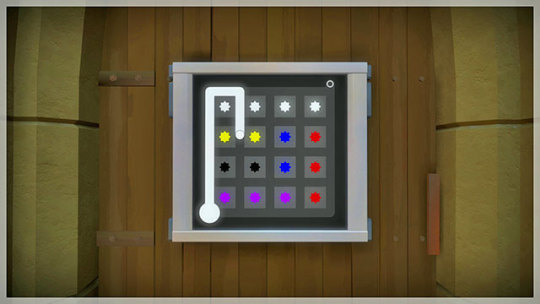
(If you haven’t played this game yet, I don’t know what you’re waiting for.)
This is brilliant and immediately teaches you a valuable lesson: if you can’t solve it now, come back to it later - something I did dozens of times throughout the game when I got stuck. Having that freedom resulted in my never having to resort to a walkthrough, because more often that not, walking away and solving some other puzzles would illuminate something I was missing and allow me look at the same problem with fresh eyes.
That is not to say that open worlds are the ideal, and they can often be overwhelming when there are too many options. In a tabletop game that contains a lot of components that may or may not need to be combined with other components, it’s helpful to know a place to start. This is where gating comes in.
Gating
Gating is a way for a designer to prevent players from moving forward in the game until a certain task is complete, just like when you need to find a code to open a door in an escape room to move forward into the next area - a literal gate. A linear game looks something like the drawing on the left, and a non-linear game structure might look something like the one on the right.
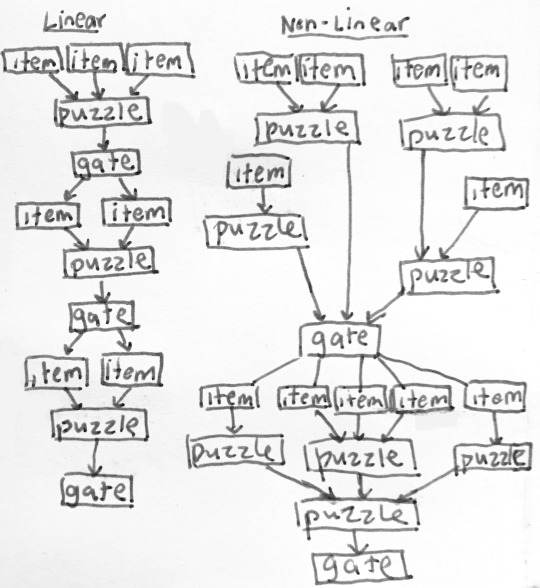
I find it is a helpful practice to draw a flow chart when working on a game. It allows you to clearly visualize the structure and see where you may need to make adjustments if there is too little or too much happening at once.
What are some ways to create gating in tabletop games, when you can’t confront a player with a literal door?
Putting some items in a locked box you need to open (example: Escape the Room: The Werewolf Experiment)
Dividing the entire game into distinct chapters (example: The Tale of Ord)
Dividing items between envelopes that can be opened after a certain passcode is found (example: ThinkFun’s Mystery at Stargazer’s Manor)
Having a deck of cards in which new cards are only revealed when prompted (example: Exit: The Game series, Unlock! series)
Entering a code into a digital app or website to prompt your next actions (example: Escape the Crate, Unlock!)
Having password-protected areas on an in-game website that contain information to move forward (example: The Tale of Ord, Dispatch’s On The Run series)
Having at least one of these mechanics in place is useful so that players are not confronted with too many items or too much information at once. That can cause analysis paralysis and extra confusion, especially if there are things that cannot be solved right away, unless it is very clear that something is meant to be kept for later. Otherwise, if your player has access to an item that cannot be used until several other puzzles are solved, you risk them getting frustrated and wasting time trying to figure it out before they actually have the necessary tools to do so.
Parallel Solving
The second reason I prefer less linear games is that they allow for parallel solving of multiple puzzles at a time. Once you exceed a group of 2, it is likely that the entire group would be happier if they weren’t all crowding around the same puzzle at once, so it is best to have enough puzzles to occupy several people simultaneously. I normally aim for somewhere between 3-6 at a time so as not to leave anyone twiddling their thumbs while others are actively engaged. (I do find this to be less of an issue with tabletop games and certainly more prevalent in escape rooms, especially when larger groups are encouraged.) The bottom line is, don’t recommend 6 people play a game together if there aren’t enough puzzles to keep everyone occupied - this will cause team members to get bored and lose momentum.
All that being said, there are plenty of great linear games out there (including a few mentioned above) and sometimes a more direct approach works well. Before you commit to it though, be sure to consider things like team size and bottlenecking and try to avoid situations where a single puzzle is going to hold up the entire game (unless there is a good reason to do so, such a reveal you want everyone to see).
What do you think? Do you prefer linear or non-linear games? Why?
5 notes
·
View notes